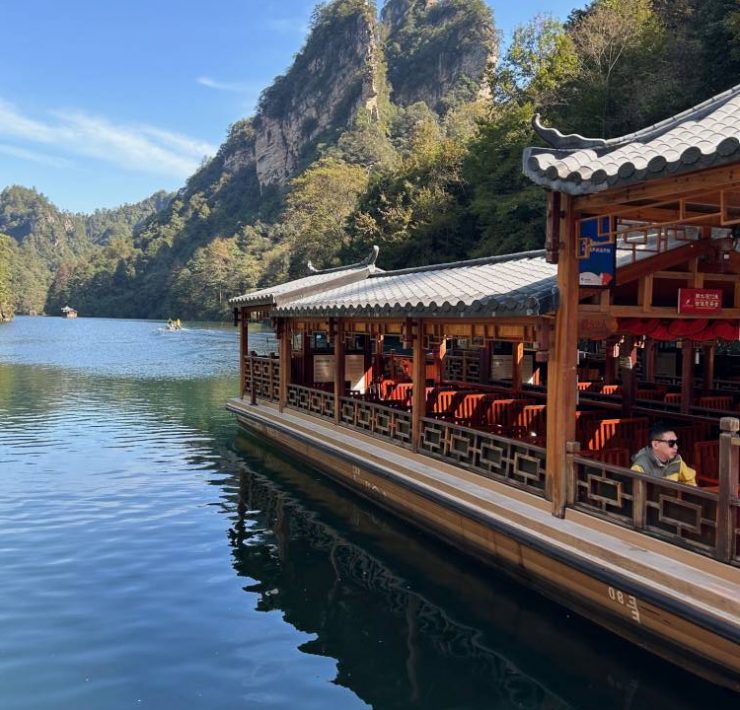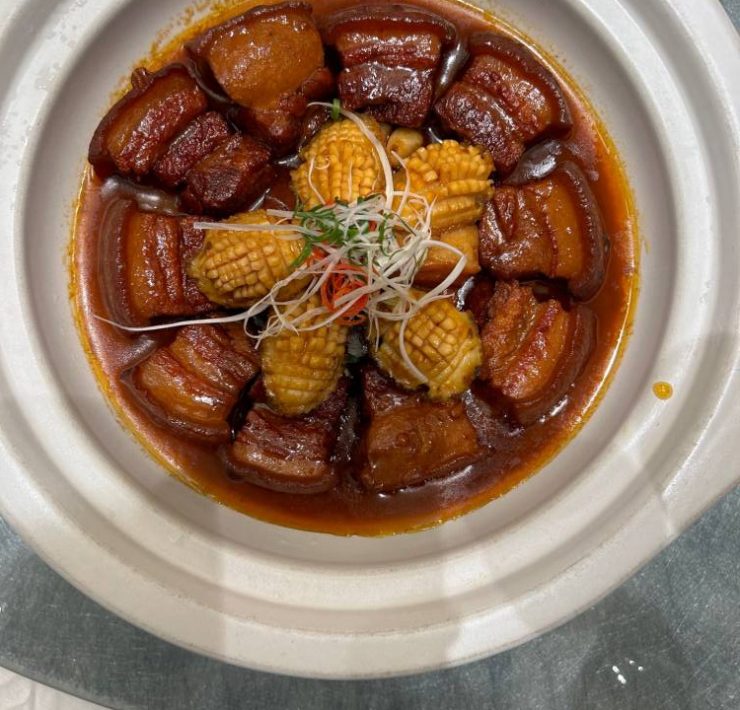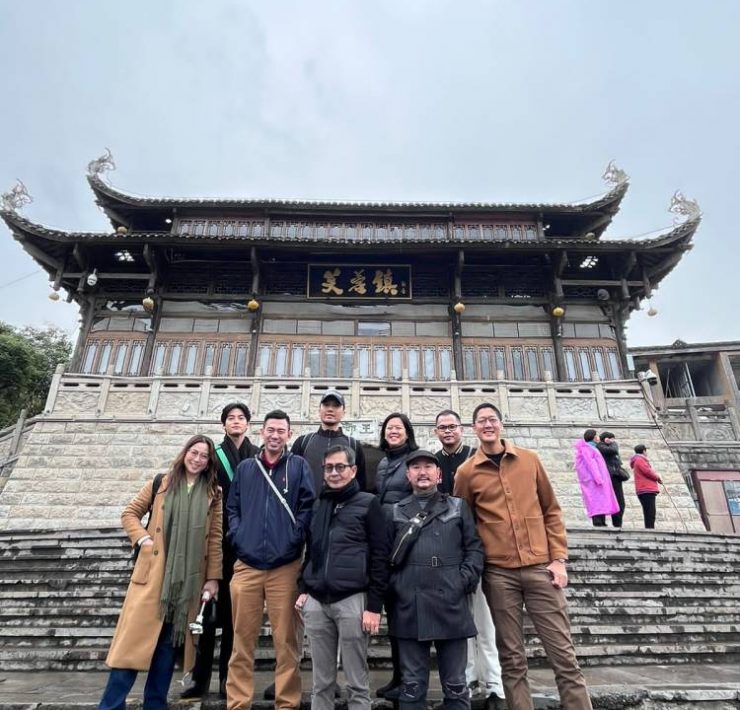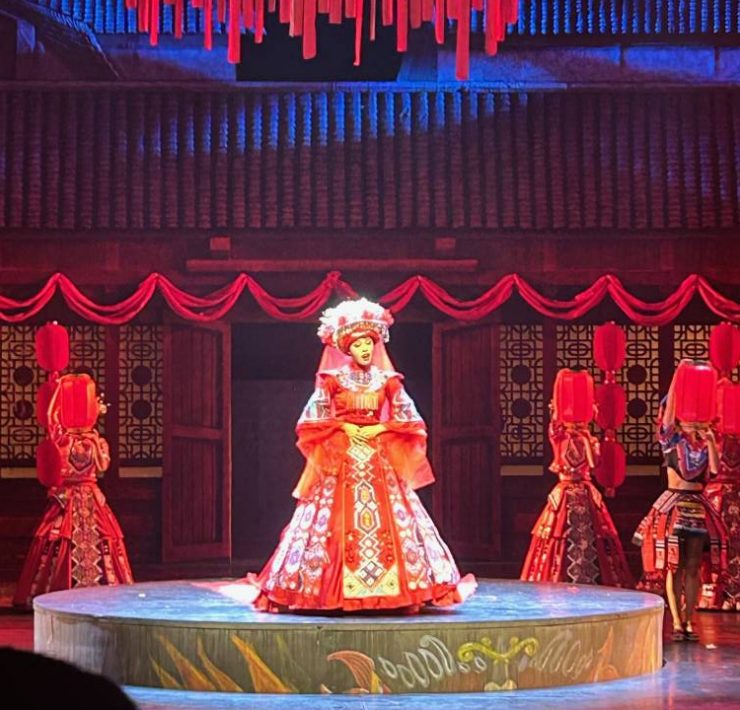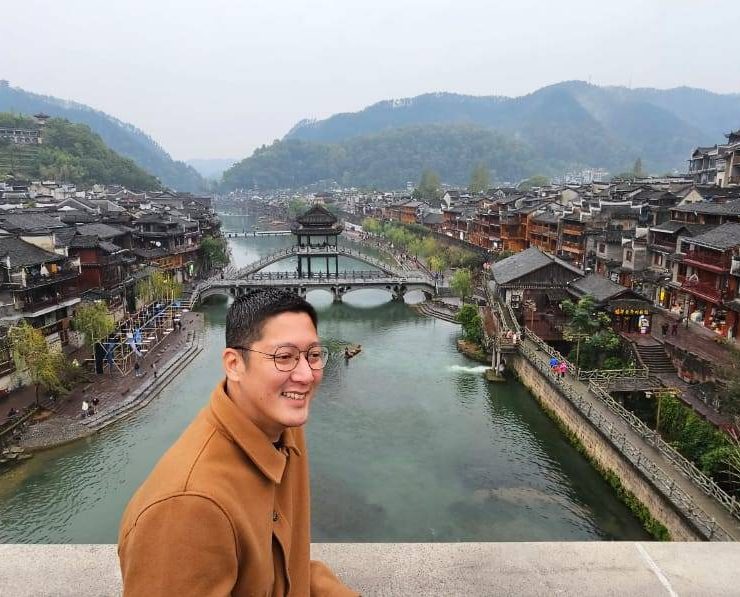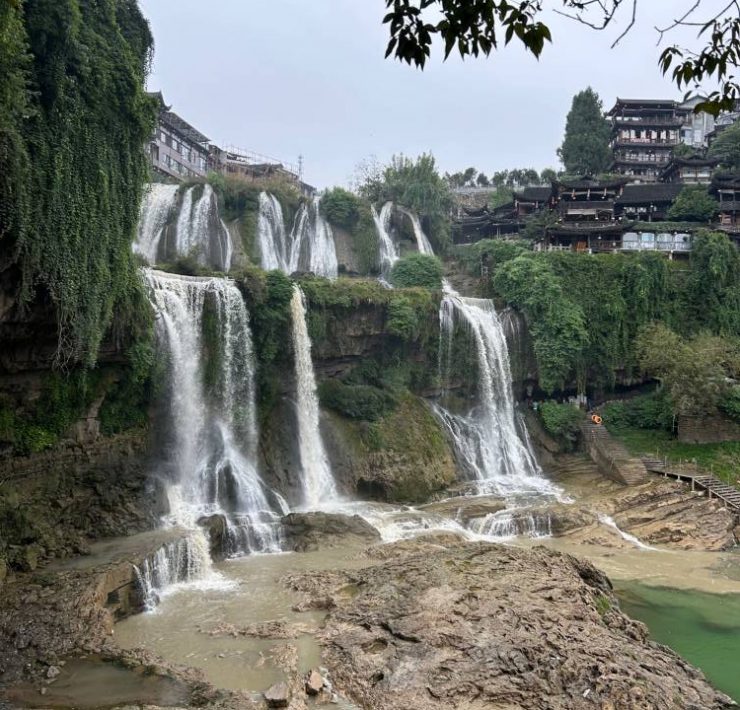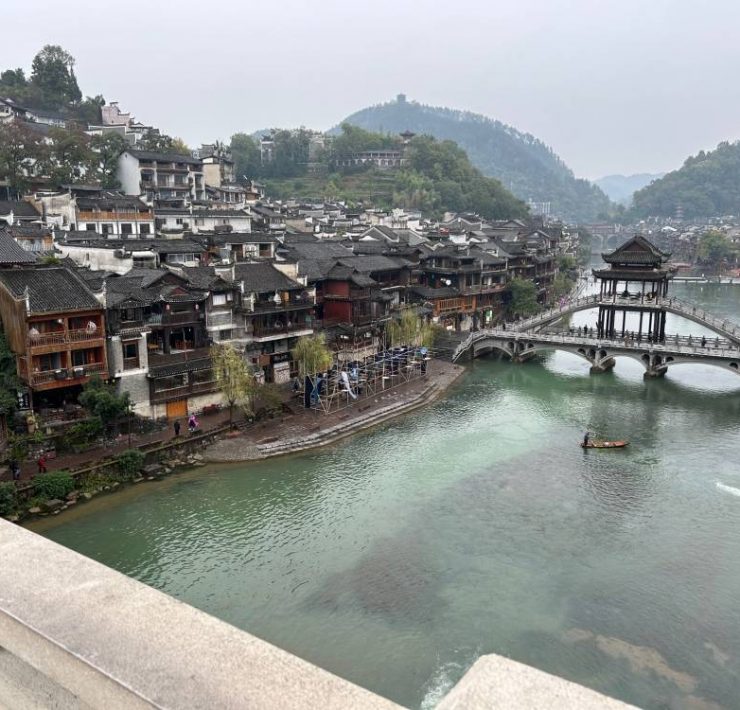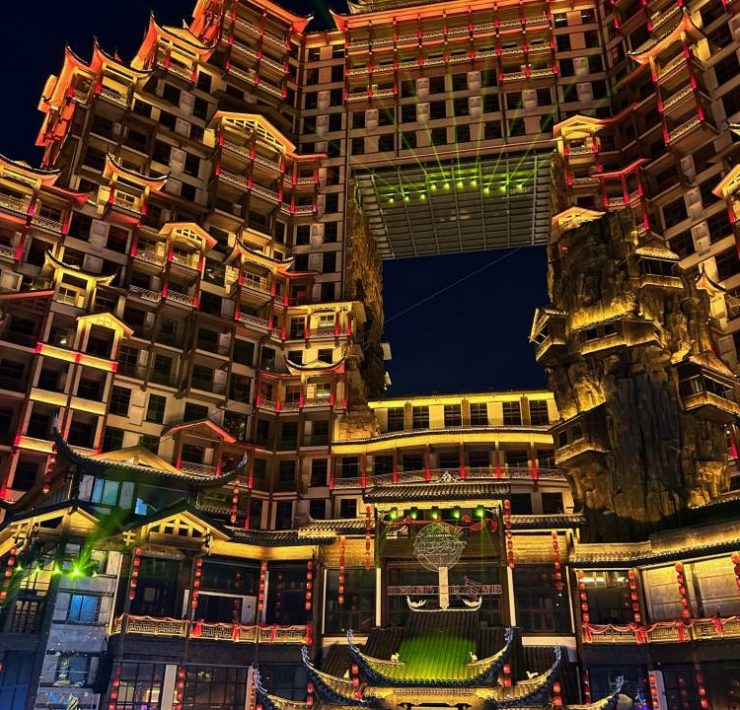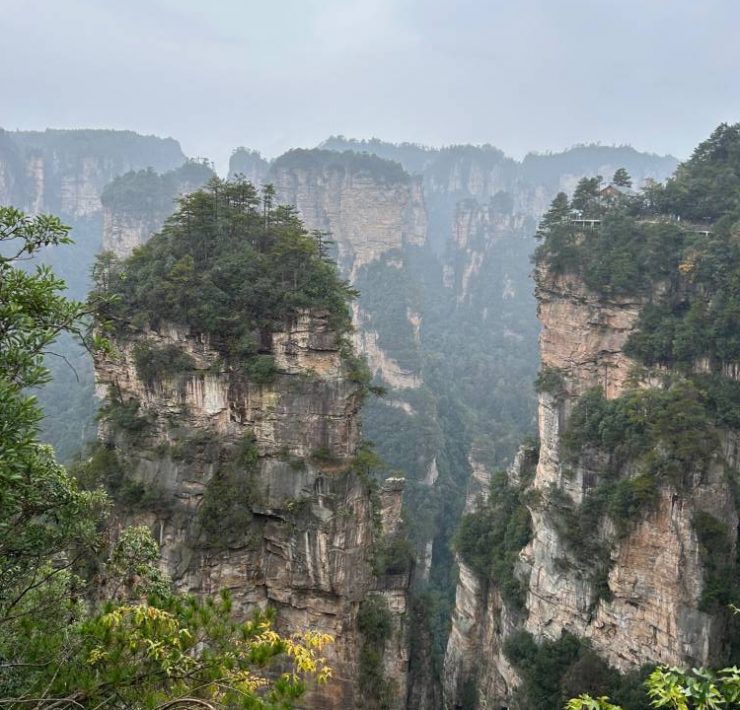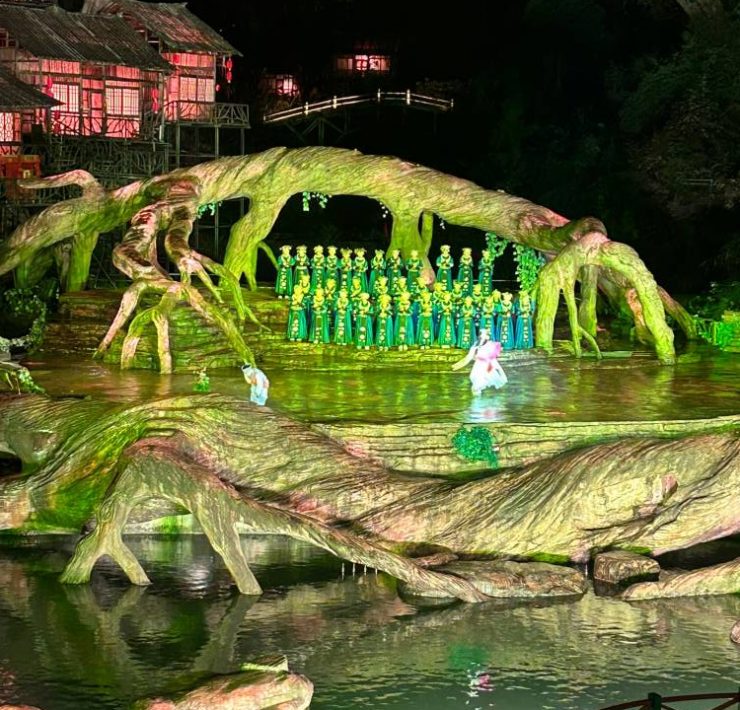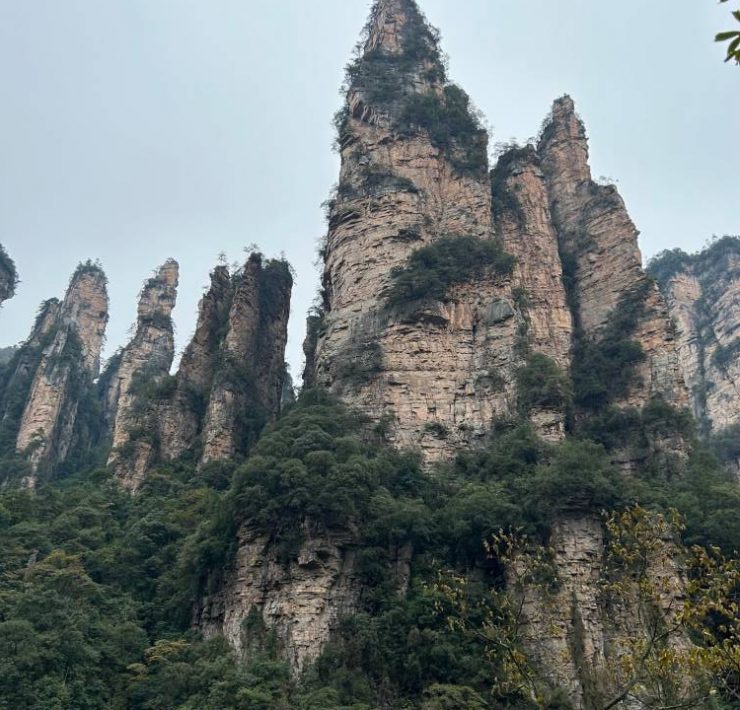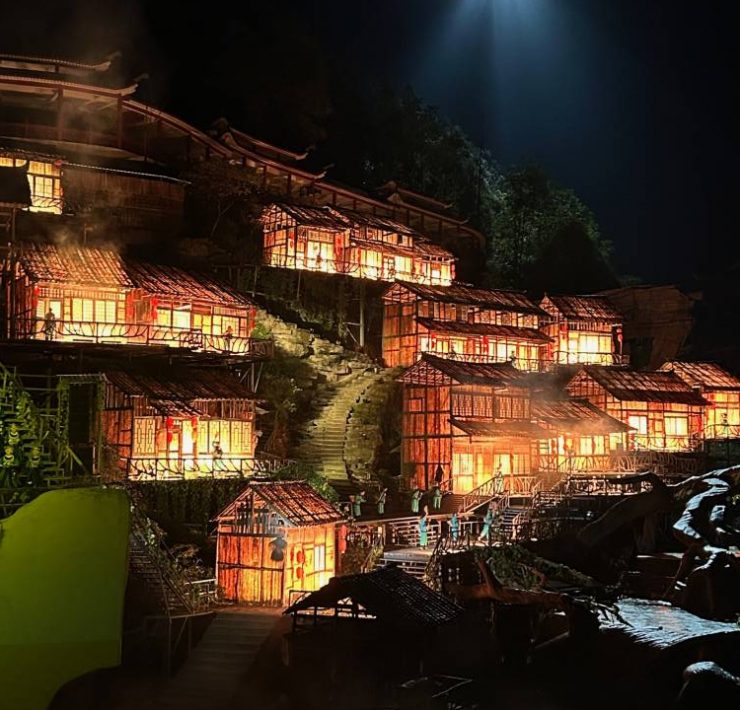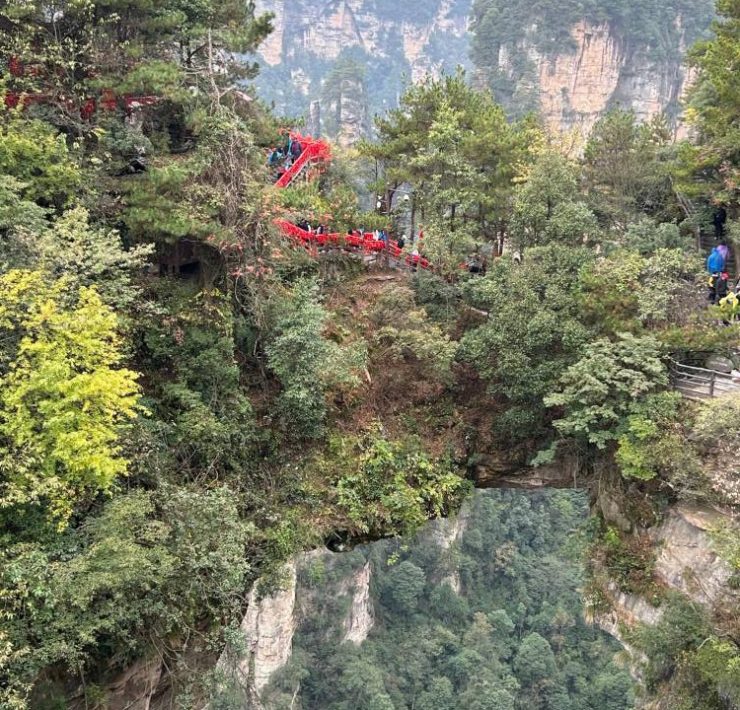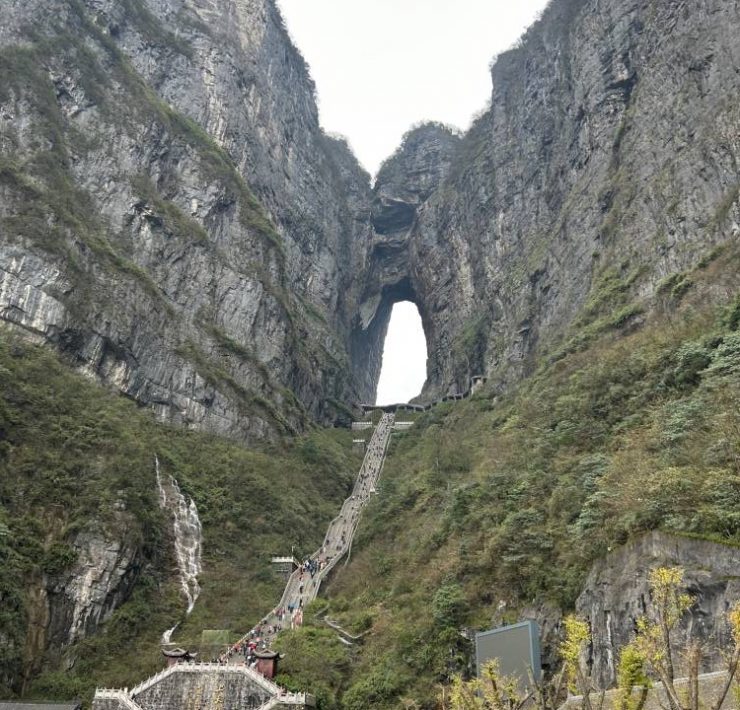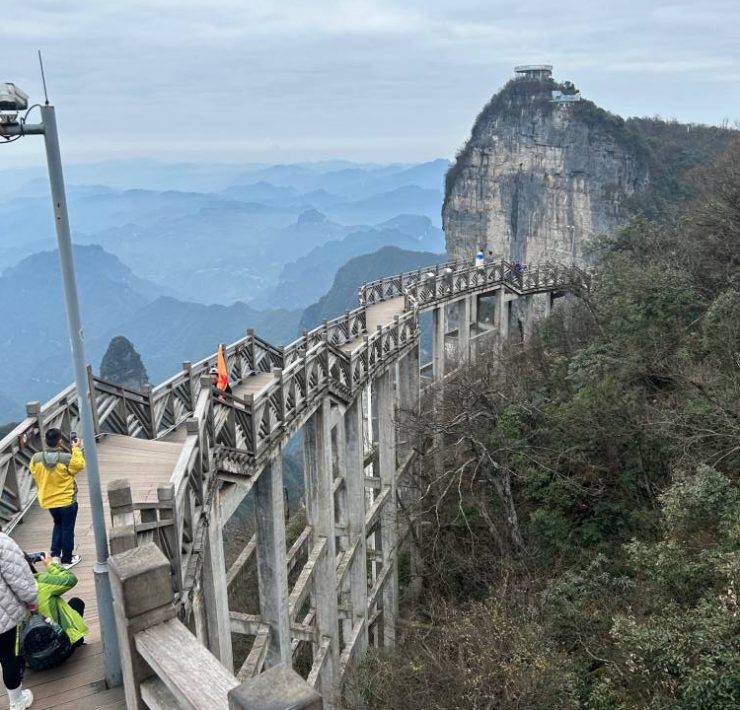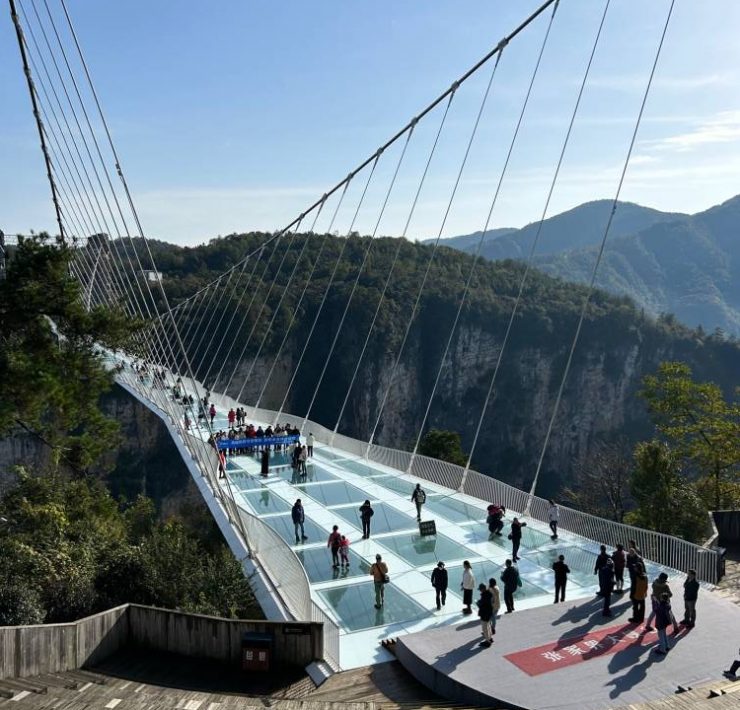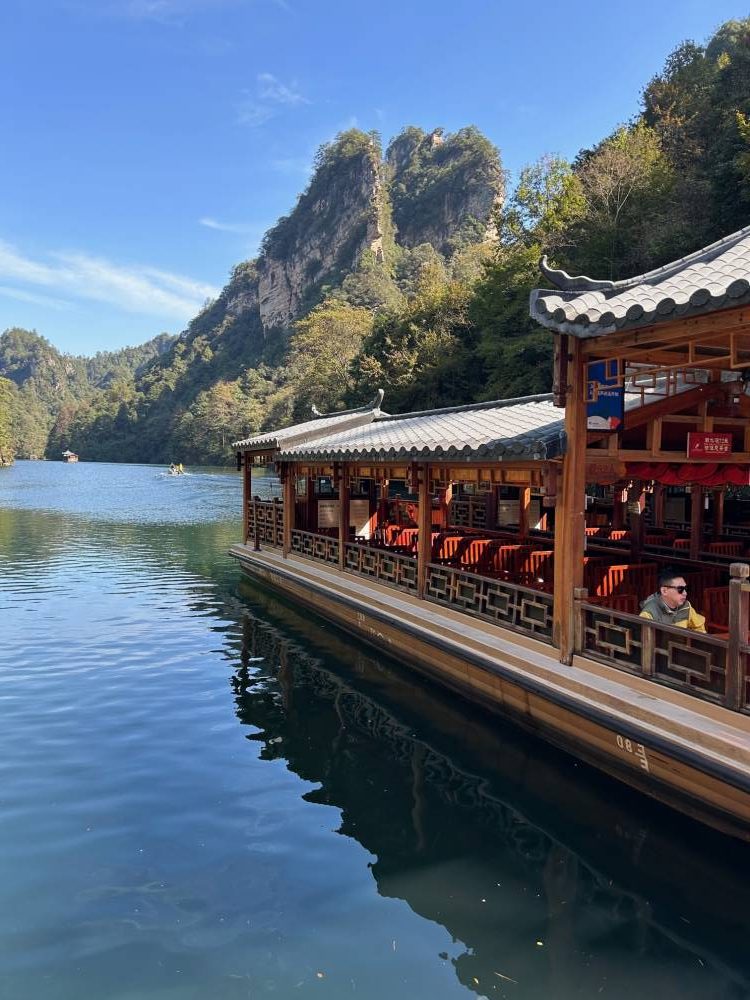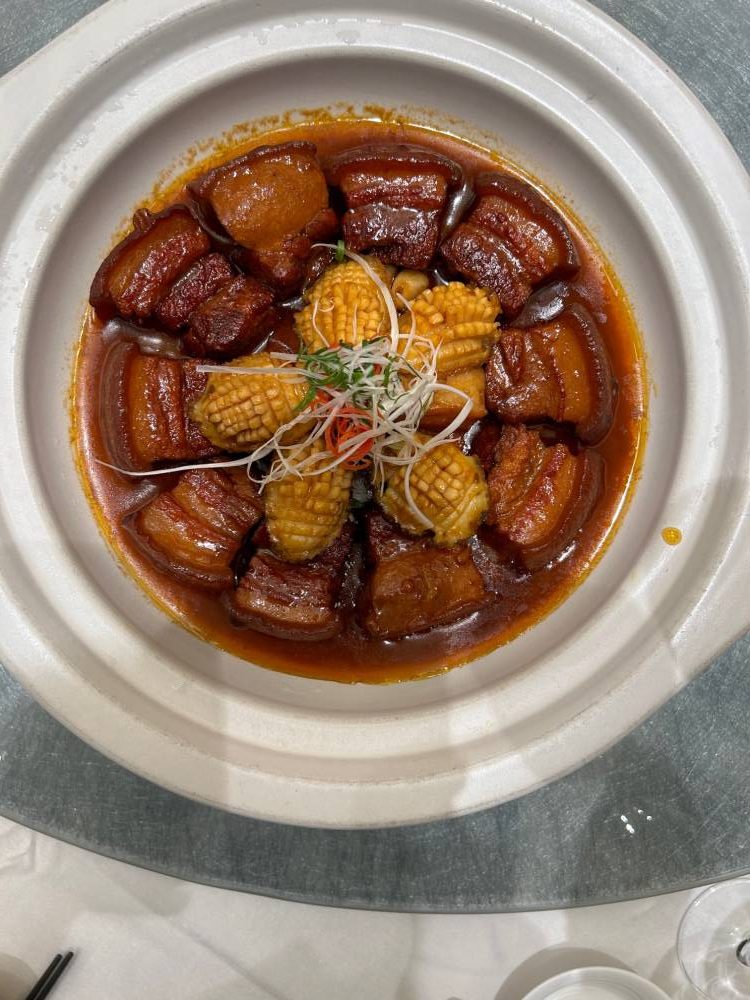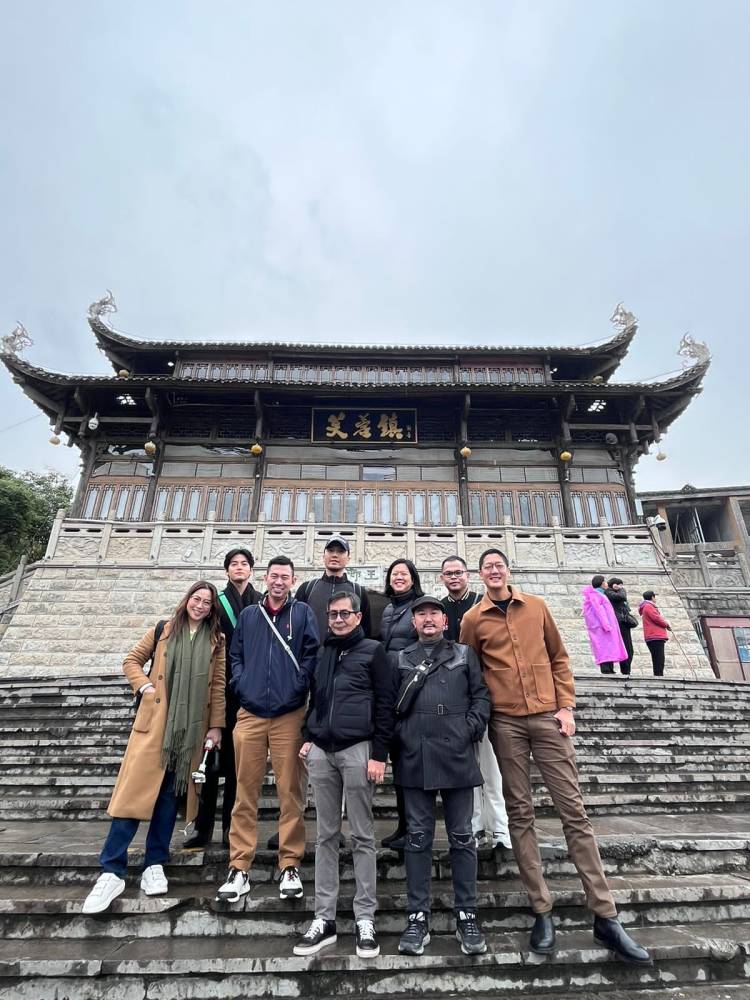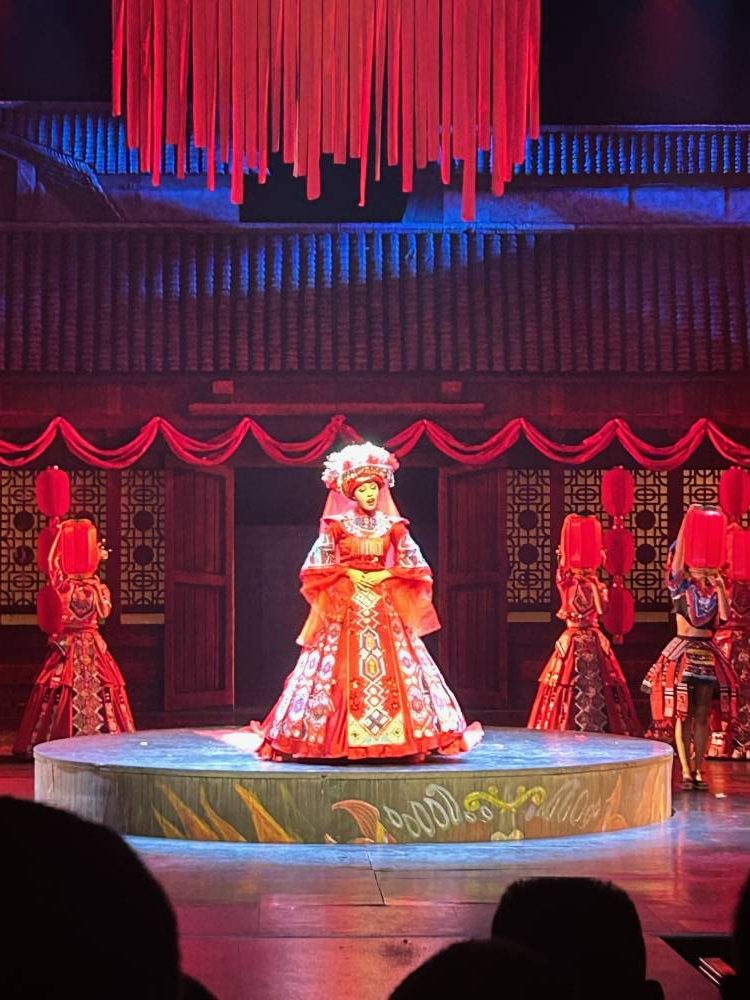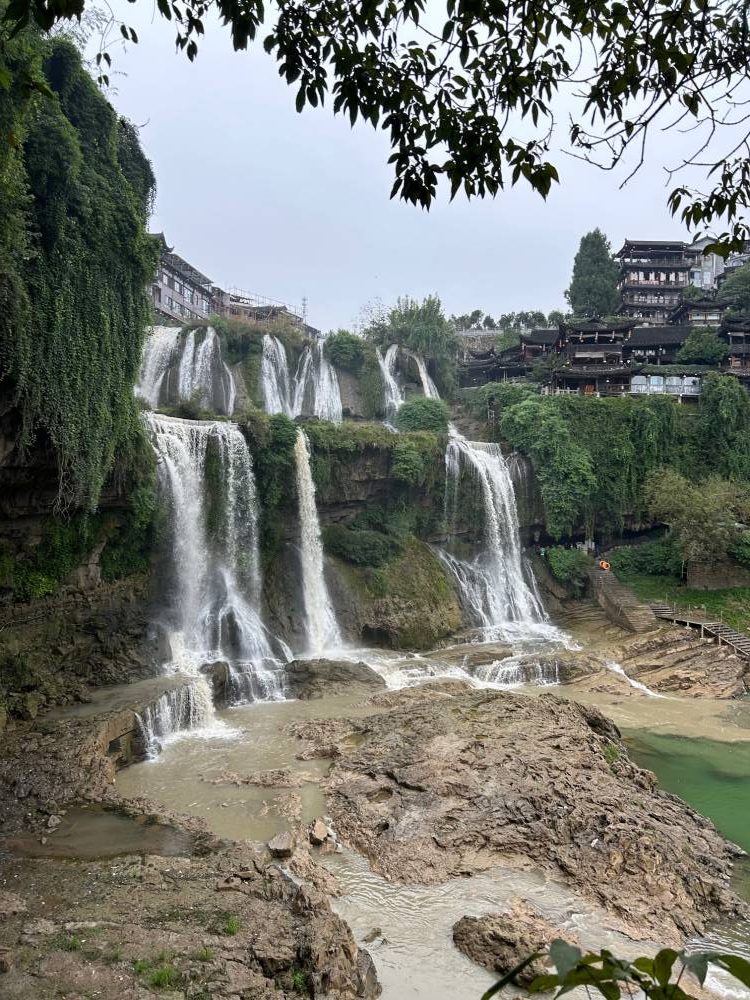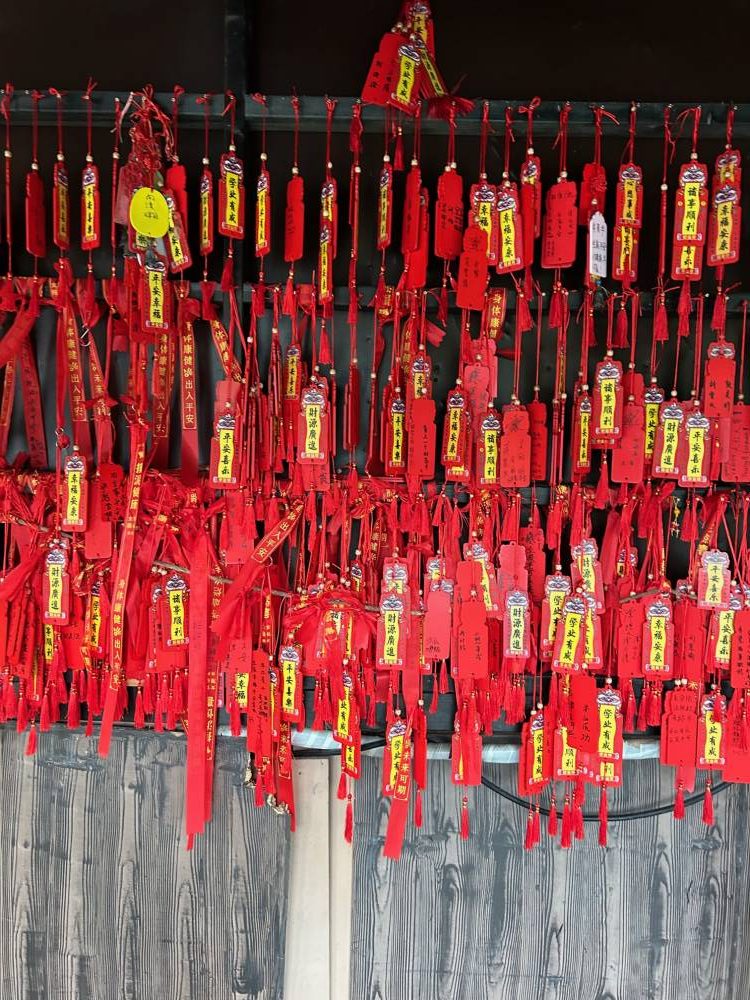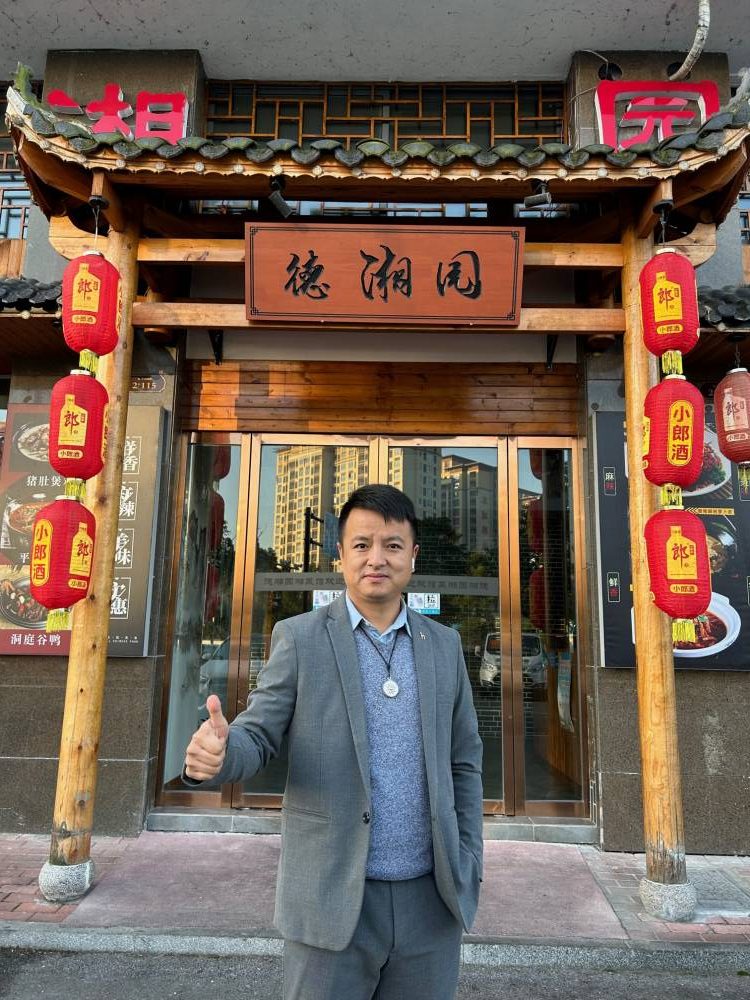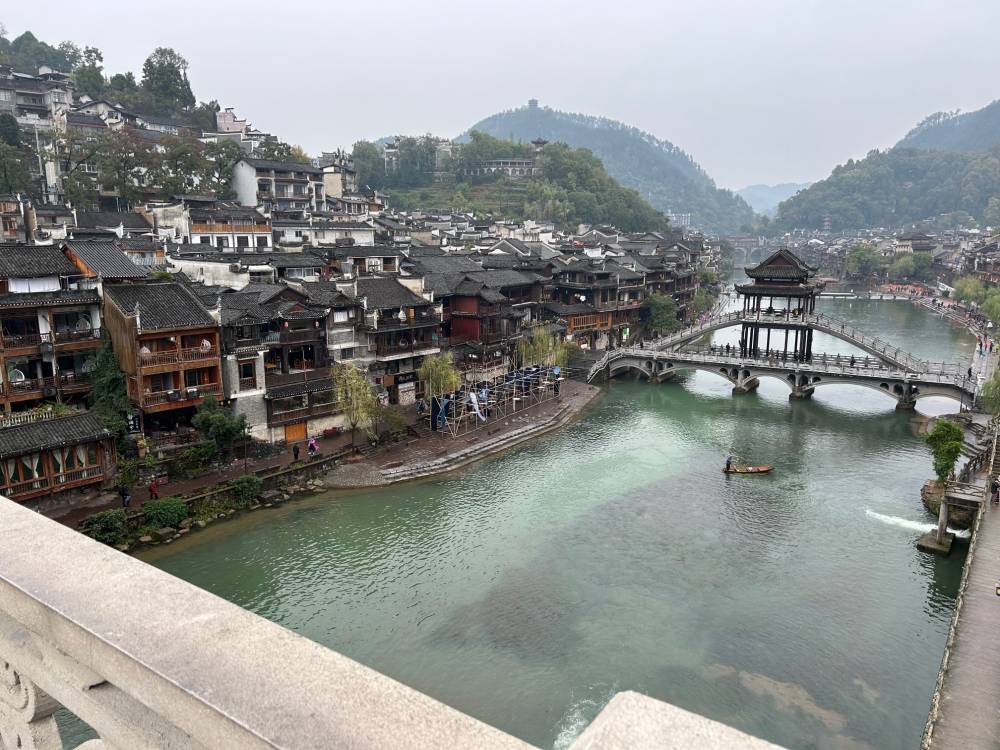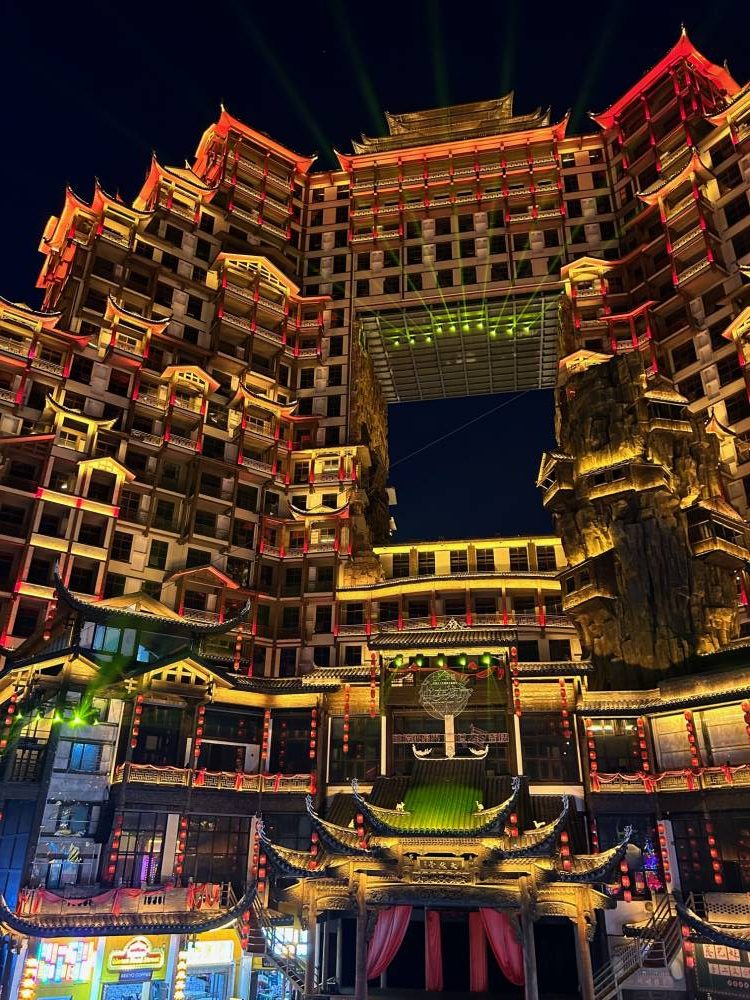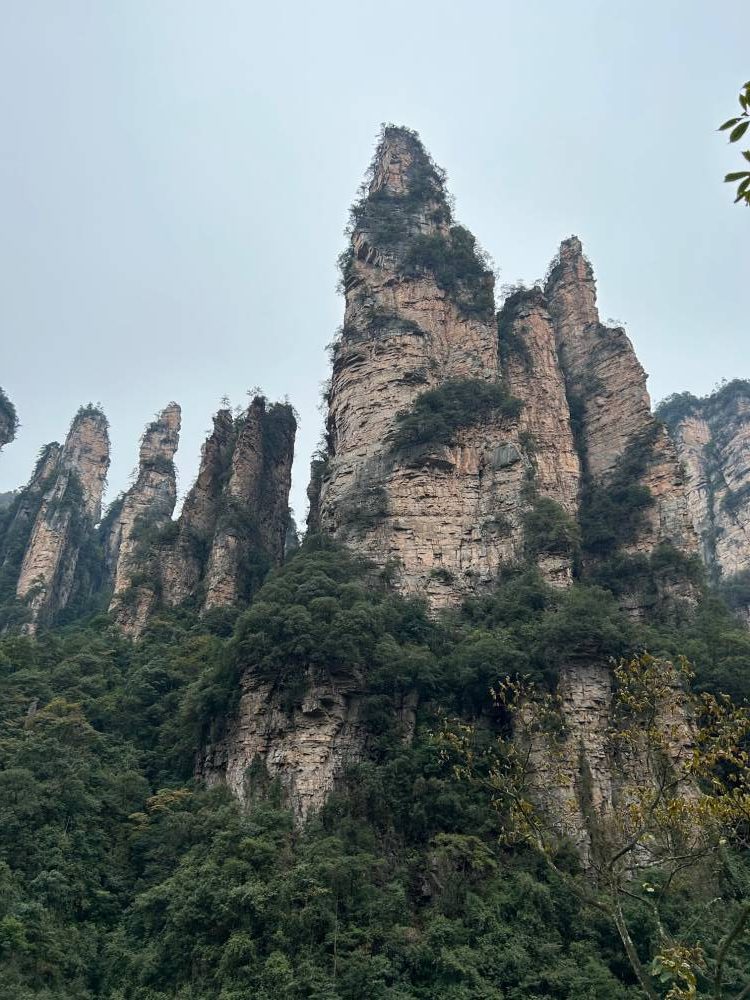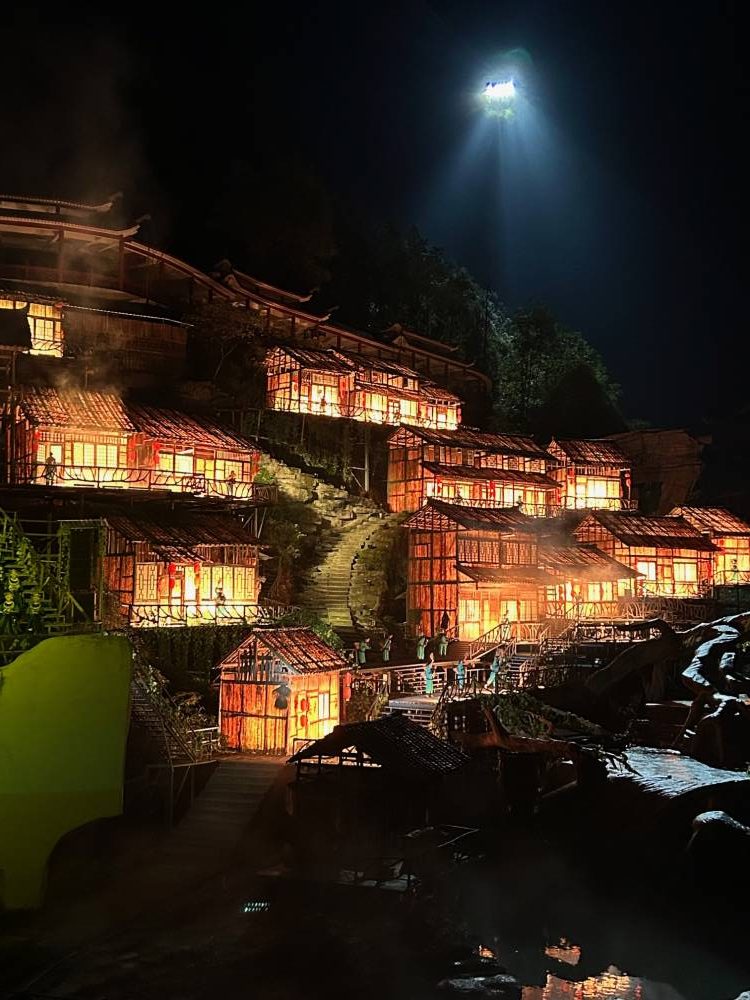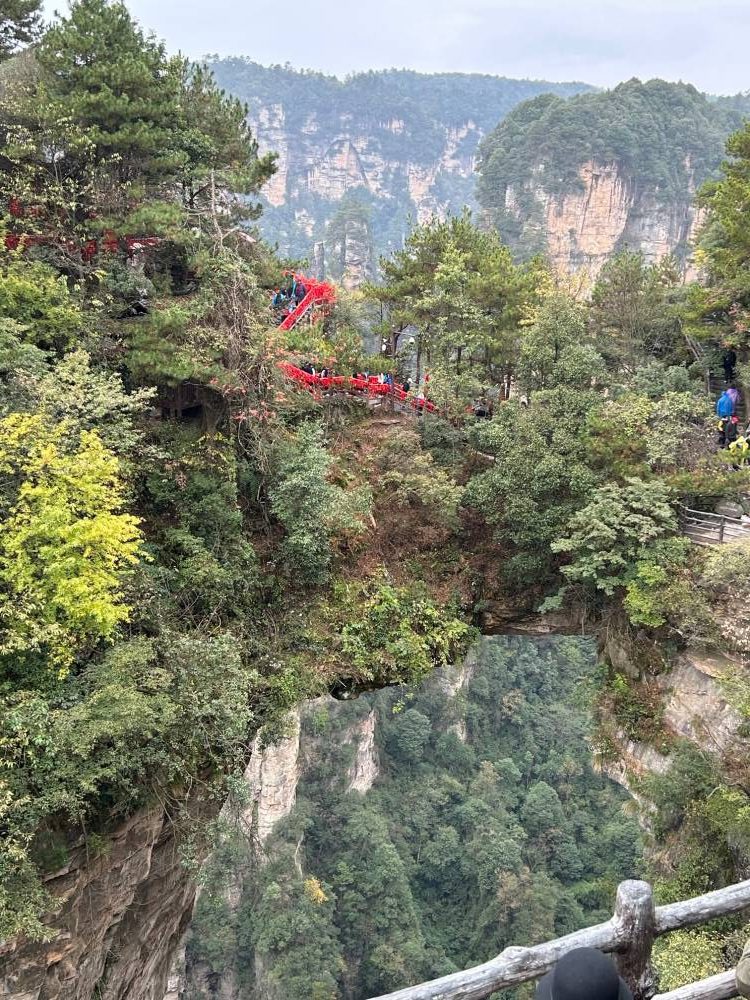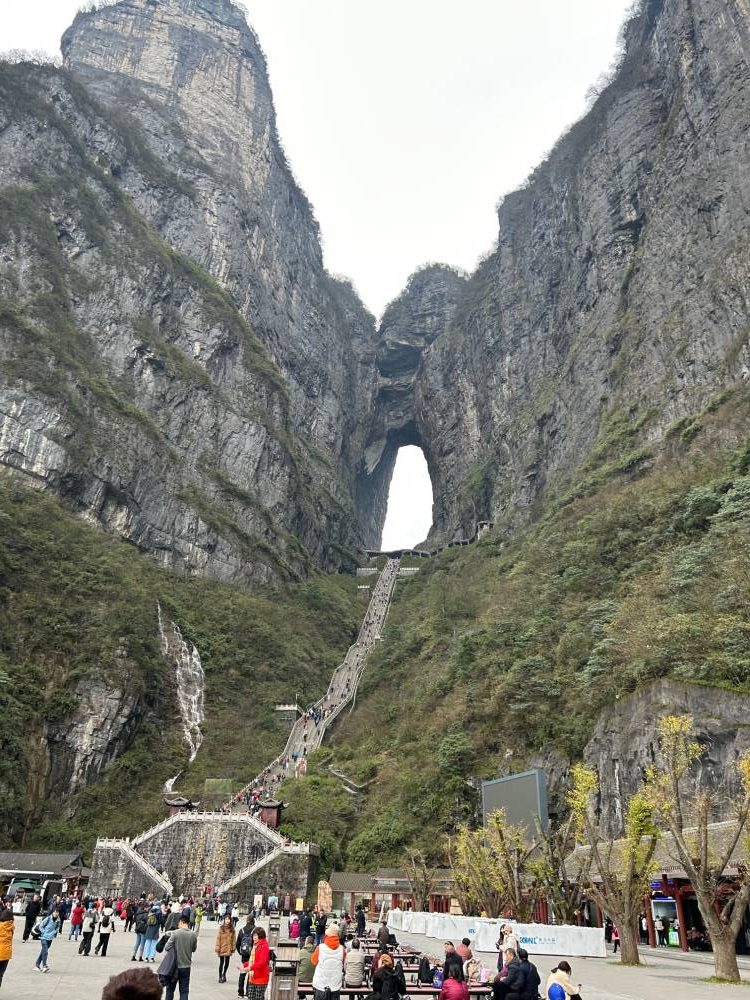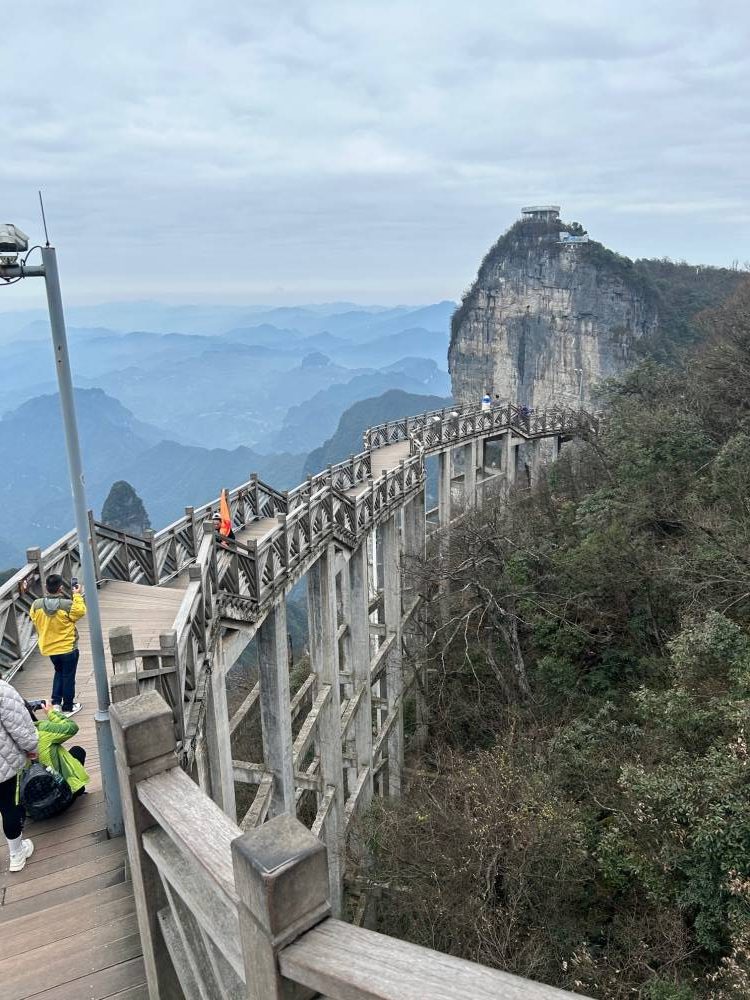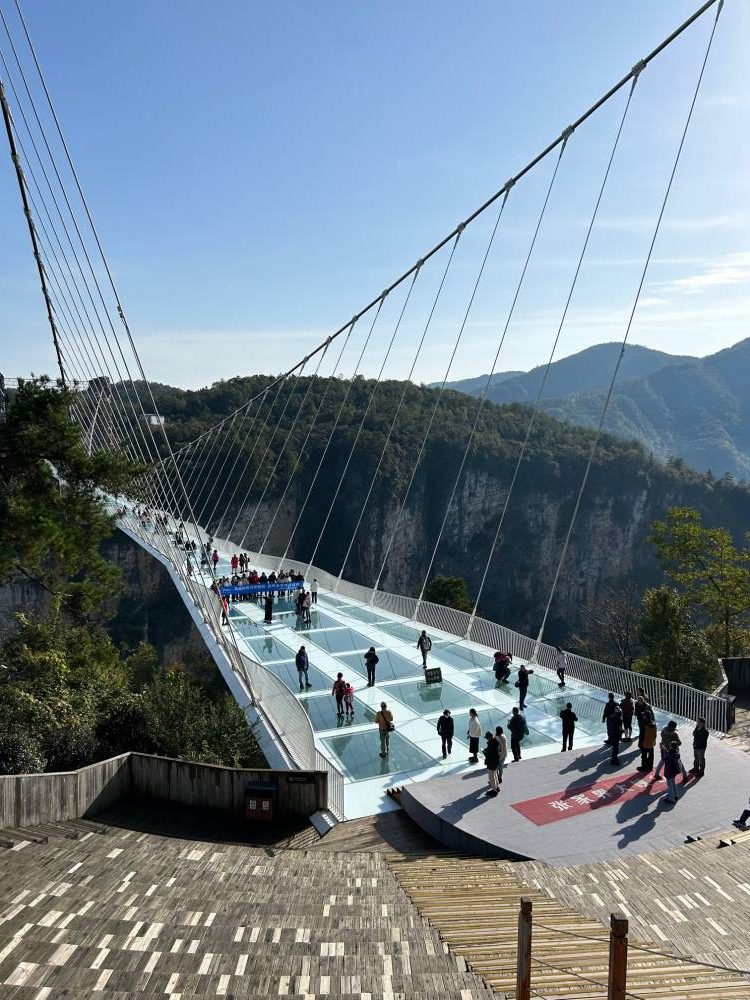Nature’s beauty in Zhangjiajie: From Avatar Mountain to ‘heaven’s gate’
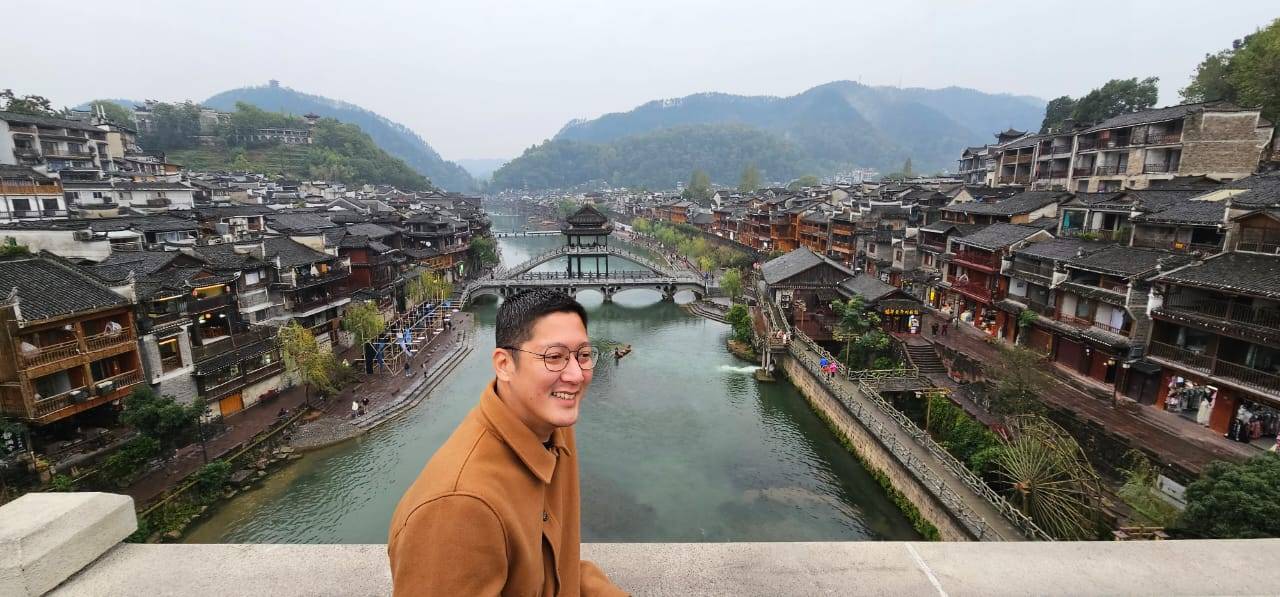

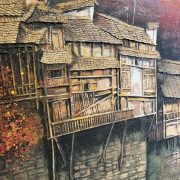
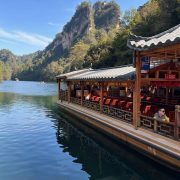
 +17
+17 Nature’s beauty in Zhangjiajie: From Avatar Mountain to ‘heaven’s gate’
Nature’s beauty in Zhangjiajie: From Avatar Mountain to ‘heaven’s gate’
Nature’s beauty in Zhangjiajie: From Avatar Mountain to ‘heaven’s gate’
Nature’s beauty in Zhangjiajie: From Avatar Mountain to ‘heaven’s gate’
Nature’s beauty in Zhangjiajie: From Avatar Mountain to ‘heaven’s gate’
Nature’s beauty in Zhangjiajie: From Avatar Mountain to ‘heaven’s gate’
Nature’s beauty in Zhangjiajie: From Avatar Mountain to ‘heaven’s gate’
Nature’s beauty in Zhangjiajie: From Avatar Mountain to ‘heaven’s gate’
Nature’s beauty in Zhangjiajie: From Avatar Mountain to ‘heaven’s gate’
Nature’s beauty in Zhangjiajie: From Avatar Mountain to ‘heaven’s gate’
Nature’s beauty in Zhangjiajie: From Avatar Mountain to ‘heaven’s gate’
Nature’s beauty in Zhangjiajie: From Avatar Mountain to ‘heaven’s gate’
Nature’s beauty in Zhangjiajie: From Avatar Mountain to ‘heaven’s gate’
Nature’s beauty in Zhangjiajie: From Avatar Mountain to ‘heaven’s gate’
For a city so small, Zhangjiajie has so much to offer.
With a total area of just 9,653 square kilometers, accounting for only 0.01 percent of the whole of China, the humble town, lying in the northwestern part of Hunan province, is so charming that our weeklong visit made quite an impact on me, much more than tourist favorites Beijing and Shanghai. Fenghuang Ancient Town
Rewi Alley, a celebrated writer and political activist from New Zealand, once claimed that Fenghuang Ancient Town is the most beautiful in China. It has the “National AAAA Tourist Attraction” title to show for this.
Built in 1704, Phoenix Town, also called such because of a mountain in the southwest shaped like the mythological bird, has a long history, which we got a glimpse of merely by appreciating the stilted buildings that line the Tuojiang River. Apart from that, we also got our first taste of the culture and lifestyle of the minority groups that have staked a claim on the land based on the outfits and food of the locals.
Stretching close to 10 sq km, the scenic town gave our group a ton of nooks and crannies to immortalize in photos—from the watermills and ancient bridges, down to how the water plants rhythmically danced to the gentle waves. At night, when the multitude of lanterns lit up the entire village and beamed a golden hue, the mood turned more dramatic and romantic.
Miao Village and Tujia Minority Park
We wanted a more immersive experience into the lives of the minorities, and there are several Miao villages we could have visited, but the one we went to was perhaps the most ready for tourists.
Located at Morong Township, Guzhang County, the community has 718 Miao ethnic families residing in the place, and a population of over 3,500 people. Given the numbers, it is said to be the largest Miao village in west Hunan. Guests are greeted with a measured bang of the drums, welcome drinks and a song, which tourists have to respond to with their own tune.
Upon entry, a row of their local produce, from dried red chilis to Szechuan peppers, slapped us with a strong scent, enough to get our mouths watering. Along the path, we met old people sewing floral patterns on fabrics, men pounding on silver accessories and kids playing hide and seek. We even got to participate in a courtship and marriage ritual.
To cap off our walk, we were led to a large dining hall to feast on, among many things, braised pork, local sausages, stir-fried julienned potatoes and vegetables that were simply boiled and seasoned.
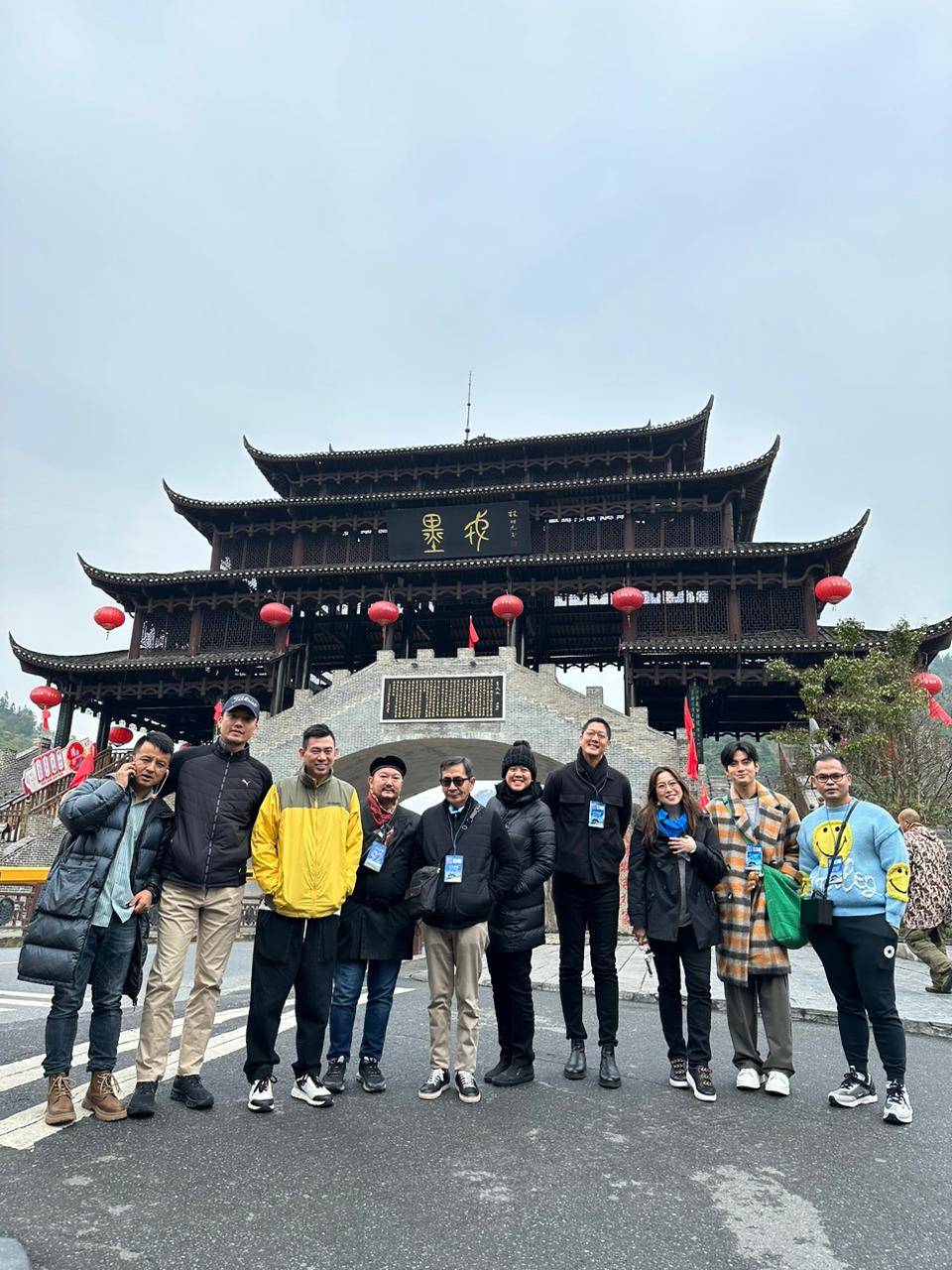
The Tujia Folk Custom Park is smaller but it nonetheless offers as much information about Tujia people, which is the largest population-wise among Zhangjiajie’s ethnic minority groups.
The Tusi Castle, located inside the compound, is nine stories high, 48-m tall and built on an 80-degree slope. The entire structure is connected not by iron nails but by wooden bolts, and its clever design and stability have miraculously withstood the test of weather and time. Inside its walls is a gallery that exhibits the lifestyle of the people, their traditions like weaving and embroidery, their costumes, tableware and even the weapons of their ancestral warriors.
Furong Waterfall and Ancient Town
The 1986 film “Hibiscus Town,” based on a novel of the same name (furong means hibiscus in Chinese phonetic alphabet), may have brought fast recognition to the Chinese village, but with a stunning 40-m wide waterfall, it would have attracted as much fame and attraction even without it.
The Furong Waterfall, the biggest in the west Hunan province, has a drop height of 60 m. And even more alluring, apart from its mysteriously calming cascade, is the fact that people can walk behind its veil of cold, rushing water to get to the ancient town where a community of mixed people (Tujia, Miao and Han ethnicities) thrive.
The more-than-2,000-year-old town’s natural landscape is as rich and lush as the people’s culture and folk customs, as proven by tangible items in the form of protected cultural relics and records of their history gathered in the Tujia Diaojiaolou buildings. We didn’t have the luxury of time to explore this detour but I will definitely be back to spend half a day admiring the Xizhou bronze pillar and ancestors’ cave relics.
72 Stilted Buildings
A recent attraction, this 109- m structure is hard to miss when you’re right by the universities and the Zhangjiajie West Railway Station. It’s fairly new, opened to the public only in August 2022, yet it has already gotten a lot of hype simply for what it is—the world’s tallest Tujia stilted building according to the Guinness Book of World Records.
The whole area is dotted with food stalls, selling everything from freshly shucked oysters topped with a garlic paste then grilled, to steamed baos with various meat fillings. Come evening, the whole building (the upper floors is a hotel that’s yet to open) is illuminated and becomes more alive with entertainers.
Tianmen Mountain
Take a 7-km cable car ride (the longest aerial tramway ride in the world) from the city and you’ll reach the highest mountain in Zhangjiajie. Aptly called the “Gateway to Heaven,” Tianmen has an altitude of 4,980 feet, which makes the cliff-hanging walkway and glass skywalk quite a thrill.
“I’ve been there more than 100 times but each time I go, I feel super relaxed and comfortable,” says Alan Lyu, our knowledgeable Zhangjiajie-born English tour guide (who also sings very well). According to him, there was a time when part of the mountain collapsed, which everyone thought was an earthquake, consequently forming some sort of a gate.
The government built 999 steps from its foot so tourists can reach the opening. To launch and spread awareness about this mountain, airplanes flew through the cave back in 1999 in a much lauded stunt exhibition.
Junsheng Sandstone Painting Museum
To acknowledge and be in awe of mountains of a different kind, one that’s a lot easier and convenient to be up close and personal with, our group headed over to the Junsheng Sandstone Painting Museum. The gallery, opened in May 2021, was decked out with frames, both big and small, that nestle mixed media works made of natural materials such as tree bark, grass and stones.
Li Junsheng founded sandstone painting, which uses a water-based material akin to sand-like particles sans its abrasive quality. It’s a practice he meticulously studied for decades. Being environment-friendly, this style has made a breakthrough in the art world and is recognized the world over, as proven by his works being sold and displayed in galleries and households not only in Asia but also Europe and the Americas.
Charming Xiangxi Show and Tianmen Foxy Lady Show
Our nights were spent mostly learning the history of Zhangjiajie via live production shows. The Charming Xiangxi Theater is the oldest in the Wulingyuan Scenic Area. It was founded in 2001. The show was composed of song and dance numbers that illustrated the practices and folklores of different ethnicities.
For instance, in western Hunan, the boys of the Yao minority express their fascination and attraction to girls by carrying a tune and prancing. Whoever the girl fancies gets her undivided attention, but ultimately, her decision on who to engage in a relationship with rests on how the boys climb the stairs. This was shown with a gang of guys doing acrobatics while singing.
Another interesting belief is “The Walking Dead,” which is one of three old mysteries of western Hunan. In ancient times, it was difficult to transport the coffins of the war dead abroad back home. And so the wizard made the corpses walk so they could be properly buried. This was presented via a zombie army doing a rhythmic march.
The Charming Jiangxi was undeniably entertaining, especially the part where the Flying Dragon Inheritors played with daggers and arrows. But what enthralled me more was the Tianmen Fox Fairy Show. The venue alone was captivating as it is held at the foot of Tianmen Mountain.
The main stage of the show is on the side of a mountain where stilted houses were built to present a village and also on a canyon equipped with real trees and a stone bed where the ensemble of 600 gets to act out a musical drama based on a Tujia story about a white fox that turns into a beautiful lady. She is torn between being with the fox king or a 30-year-old human whom she adores so much.
The entertaining show uses a lit up Tianmen Mountain as the backdrop creating a dazzling scene, made extra dramatic with fog machines, state-of-the-art lighting and sound systems, LED screens, and elaborate costumes.
Avatar Mountain
It wasn’t that long when China named and proclaimed its very first national park—41 years ago, to be exact. And the place they chose couldn’t have been any better as it eventually became the inspiration behind the setting for one of Hollywood’s biggest sci-fi films.
James Cameron’s “Avatar” showed a world with flying mountains. The park’s estimated 3,000 pillars, which have been molded by erosion and cloaked in lush greenery, with many standing hundreds of feet tall, became the inspiration for the blockbuster film’s fictional planet Pandora.
There is one particular quartz-sandstone pillar that the film has become closely associated with—the Avatar Hallelujah Mountain. Formerly called the “Southern Sky Column,” it stretches 3,544 ft into the air and stands out in a sea of erect, eminent hills.
The national park’s association to the highest grossing film of all time has certainly propelled the popularity of Zhangjiajie to new heights (no pun intended).
Baofeng Lake
The intent was for Baofeng Lake to be a reservoir to store water for irrigation. But they couldn’t deny the beauty of the surroundings, from the waterfalls to the stone hills that resemble animals, that it eventually drove them to turn the lake into a travel destination.
Take a 30-minute leisurely boat ride on its emerald green-hued alpine waters and along the way, be serenaded by a gentleman and a lady in parked boats, both of whom are belting out tunes to attract a lover.
Zhangjiajie Grand Canyon
The Zhangjiajie Grand Canyon has a lot to offer that it will consume much of your day. There’s the Sky Ladder Plank Road that’s so steep it seems and feels as though you’re stepping into the heavens, or the Strip of Sky, which is a valley that is so narrow that only one person can pass at a time. Unarguably, the canyon’s main attraction is the glass bridge, which the government built back in August 2016 to further strengthen Zhangjiajie’s position allure.
Unlike the footpath found on Tianmen Mountain, which hangs by the mountain side, the Zhangjiajie Grand Canyon Glass Bridge hangs over a valley, connecting two mountain cliffs. It measures 430 m in total length and 6 m in width. It is suspended about 300 m (980 ft) above the ground and is designed to carry up to 800 visitors at a time. If the thrill of standing in the middle of a glass skywalk isn’t enough for adrenaline junkies, they can go on the 285-m bungee jump, reported to be the highest and largest in the world.
China opened to tourism just last January. And though domestic travel is back in aggressive action, attracting international tourists is still a bit of a challenge, given the consequences of the pandemic as well as preconceived notions of the country. Before flying to Guangzhou, I was told multiple times to be very careful. But based on my experience, there was nothing really to worry about.
As Joseph Woo, general manager of UOS Travel, pointed out, it’s very safe to walk around China. Locals hardly use cash given their technology. The roads are cleaner than the ones I’ve driven around in in other parts of Asia. The people are friendly, albeit sometimes loud. The food is familiar and fiery. And traveling around is made easy with organized transport. Even being digitally connected didn’t pose to be a problem.
Zhangjiajie is so magical, to say the least. It simply banks on nature and culture for attraction. And as it would prove, that’s more than enough for anyone to be amazed, really.
Special thanks to Cebu Pacific; Jaison Yang, Luigi Vasquez and Ian Laroda of the Travel Warehouse Inc.; and Joseph Woo of UOS Travel. Cebu Pacific flies to China: thrice to Guangzhou, five times to Shanghai, and twice to Xiamen weekly. Follow the author at @fooddudeph on Instagram.
Angelo Comsti writes the Inquirer Lifestyle column Tall Order. He was editor of F&B Report magazine.
















